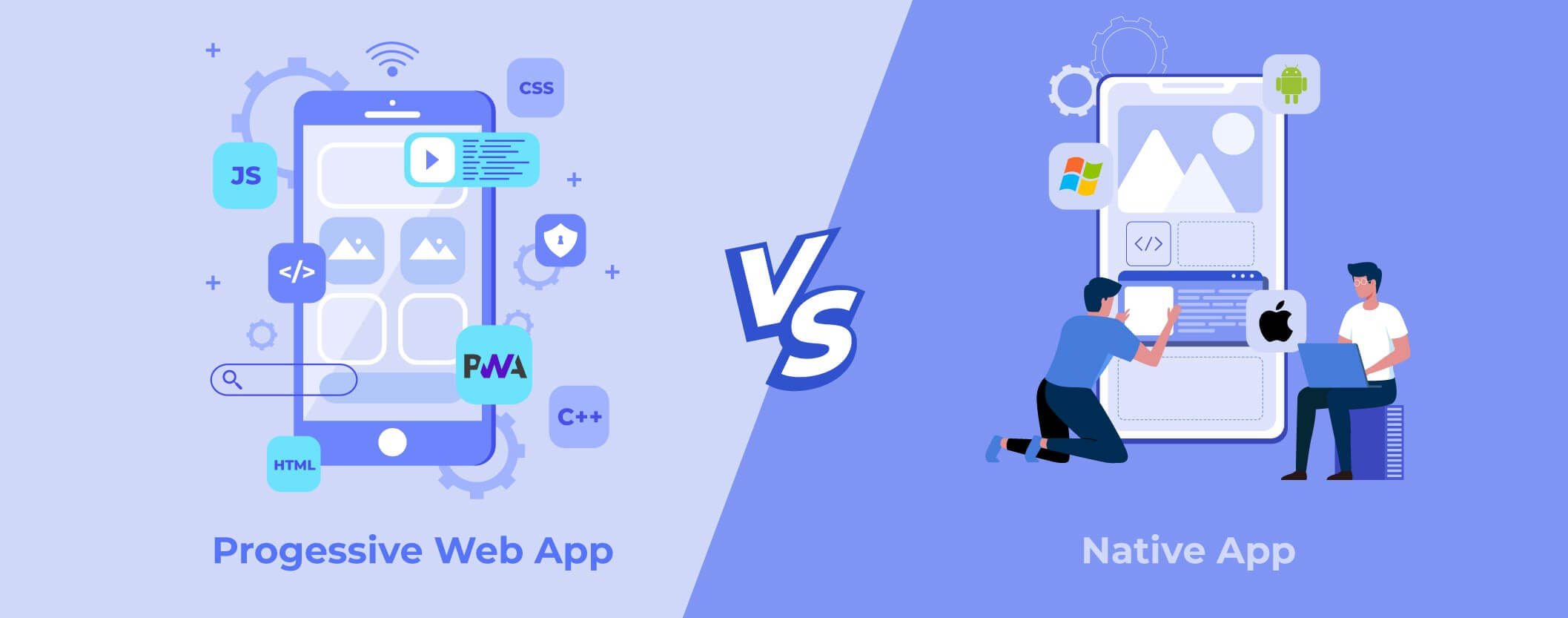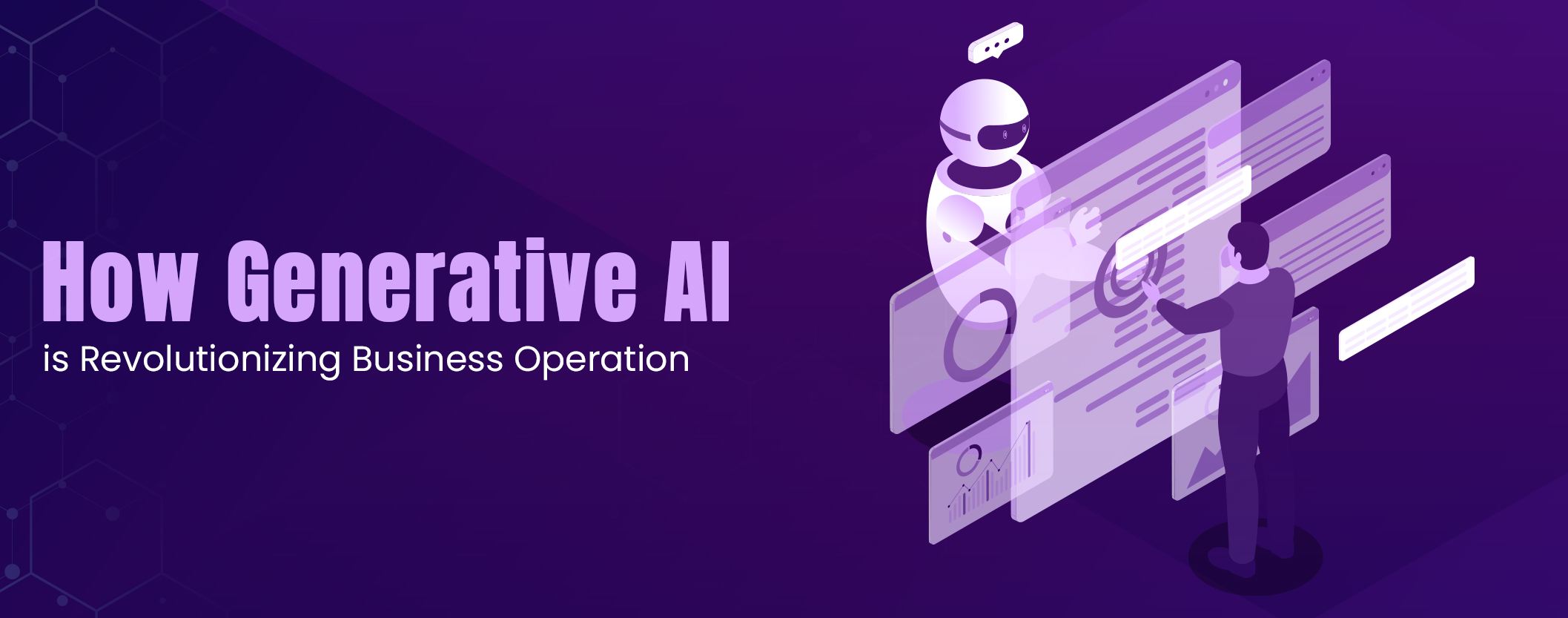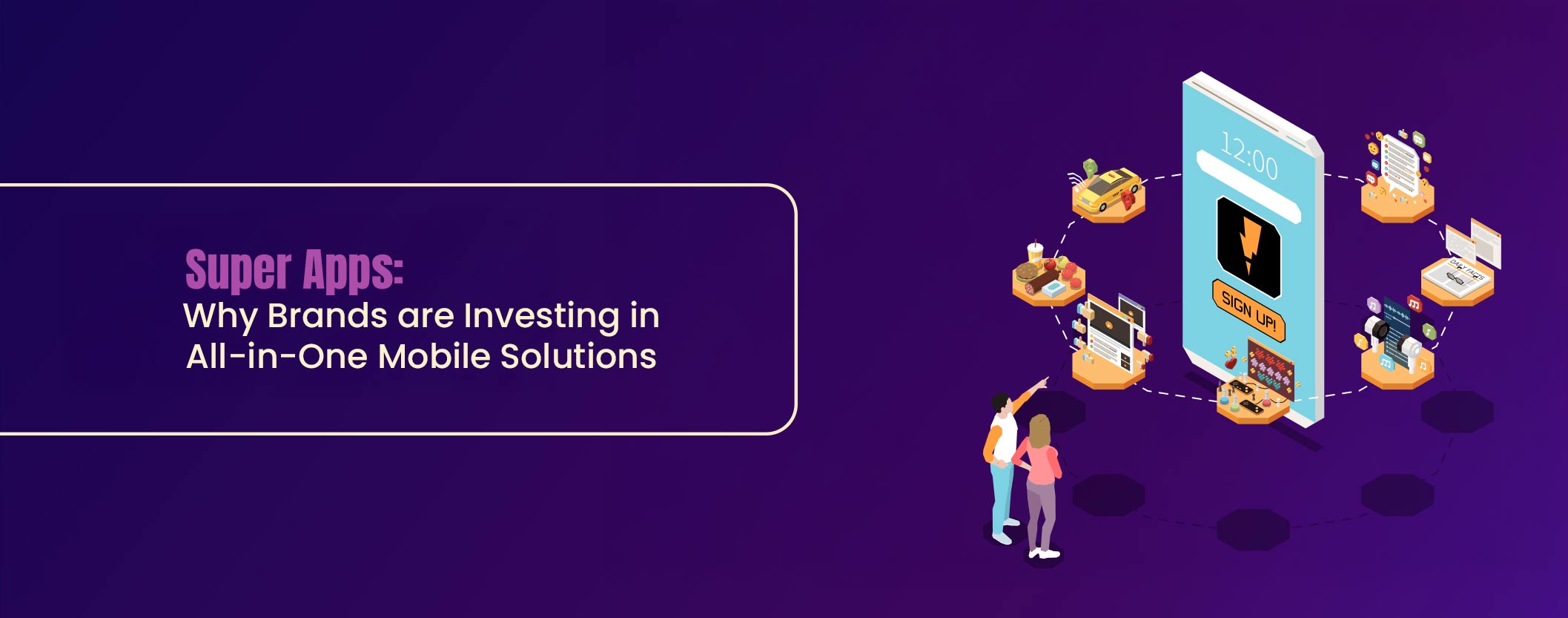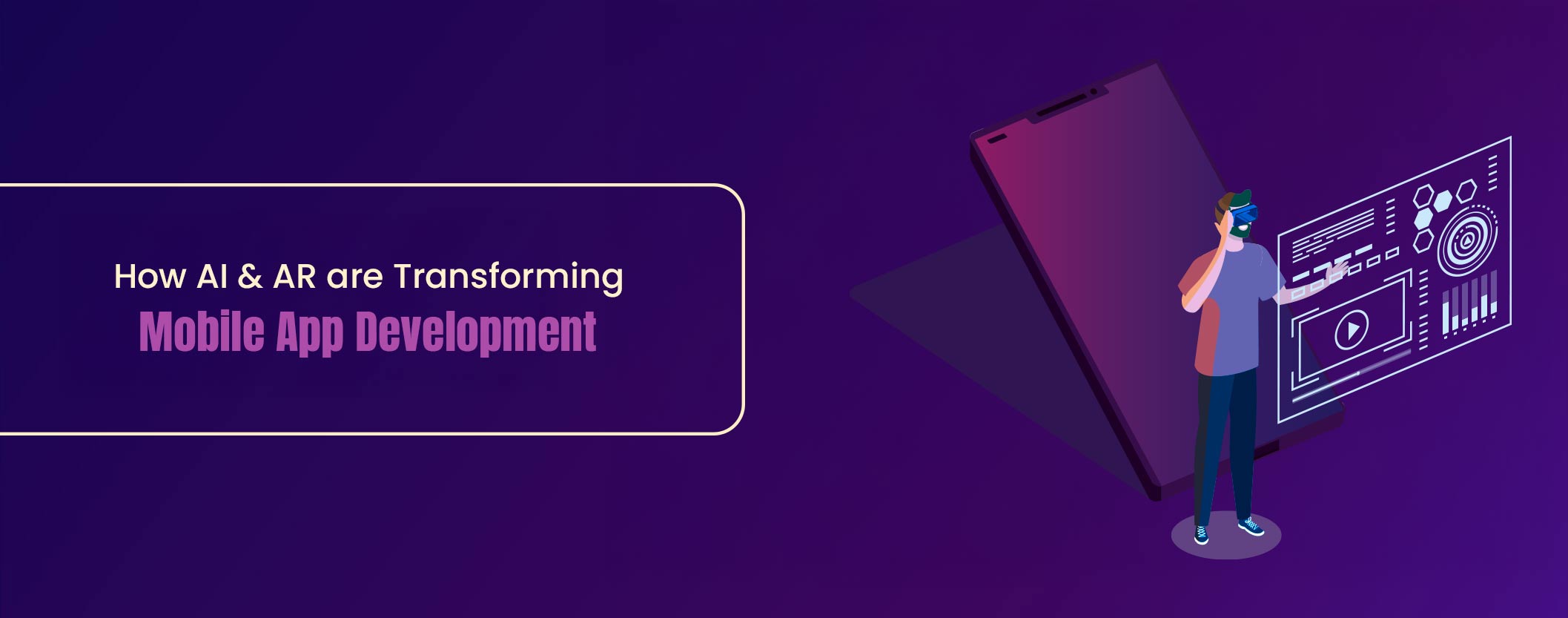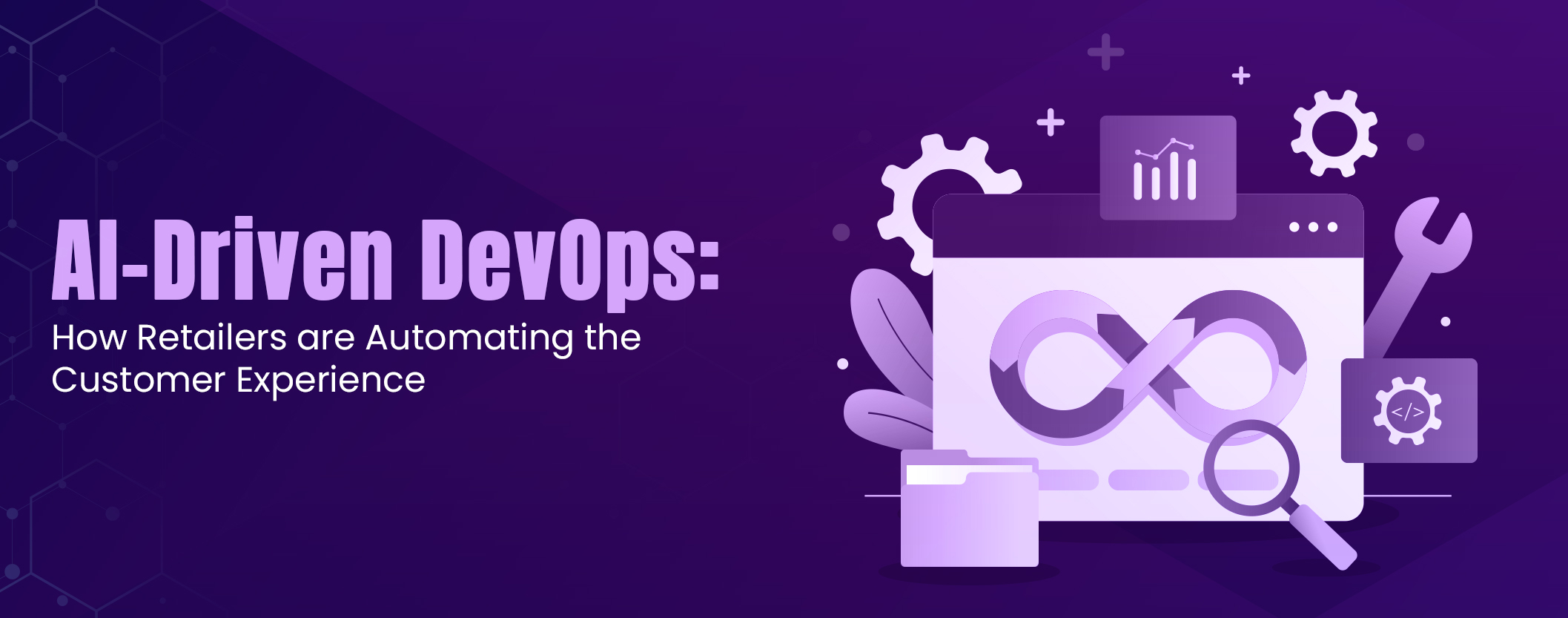In the 21st century, the way businesses interact with their customers has dramatically evolved, largely due to the rise of smartphones. With over 6.3 billion smartphone users globally, it’s no surprise that the mobile app industry is booming. In fact, 88% of mobile time is spent on apps. For businesses, the question is no longer whether to target mobile users, it’s rather how to do so most effectively.
Choosing Between Progressive Web Apps and Native Apps
Traditionally, companies had to choose between developing web apps or native apps. Today, there’s a third, innovative option: Progressive Web Apps (PWAs).
- A progressive web app is a flexible web application that combines the advantages of websites and mobile apps, providing a seamless user experience across various devices.
- A native mobile app is specifically developed for a particular mobile operating system, offering optimized performance and full access to device features.
The primary distinction between progressive web app development and native apps lies in their development approach. Each has its own set of advantages and limitations, and the choice between them can significantly impact your business’s success. Below, we give a comprehensive comparison of PWAs and native apps based on various functionalities to help you make the right choice for your business.
-
Cross-Platform Compatibility
PWA: One of the most significant advantages of Progressive web app development is its cross-platform compatibility. PWAs work seamlessly across different devices and operating systems, including iOS, Android, and Windows, all from a single codebase.
Native App: In contrast, native apps are custom-coded for each operating system. While native apps are highly optimized for each platform and provide a more tailored user experience, it leads to higher development costs and longer timelines.
-
Installation
PWA: PWAs do not require installation. Users can access them directly through a web browser, increasing accessibility and improving conversion rates.
Native App: native apps must be downloaded and installed from app stores. While this can be seen as a hurdle, it also means that native apps can benefit from the visibility and credibility associated with app store listings.
-
Offline Functionality
PWA: In comparison, PWAs have limited offline capabilities. They use service workers to cache content, allowing users to access previously loaded pages even without an internet connection.
Native App: Offline functionality is one of the biggest strengths of native apps. They can store data locally on the device, enabling full access to all features and content regardless of connectivity.
-
Access to Device Features
PWA: PWAs have limited access to device features. While they can use functionalities like camera, GPS, and push notifications, these capabilities are often restricted, especially on iOS devices.
Native App: They have full access to all device features. Taking advantage of hardware-specific functionalities like accelerometers, advanced push notifications, etc., native apps allow for a richer and more integrated user experience.
-
Performance and Speed
PWA: Since they run through a browser, PWAs can be slower and less responsive, particularly for resource-intensive applications.
Native App: Native apps are optimized for performance on their specific platforms, providing a faster and smoother user experience. This makes them the preferred choice for business where app speed and responsiveness are critical.
-
Security
PWA: PWAs rely on web security standards, which may not be as robust as the security measures implemented in native apps.
Native App: They benefit from stringent security measures enforced by app stores, which help ensure that only the most secure apps are available for download. Given their deep integration with the device’s hardware, native apps can offer advanced security features such as two-factor authentication.
-
Development and Maintenance Costs
PWA: Progressive web app development is generally more cost-effective. With a single codebase, businesses can reduce development and maintenance expenses, making it an attractive option for SMBs.
Native App: Native apps come with higher development and maintenance costs due to the need for separate codebases for each platform. However, the investment can be justified by the superior performance and user experience they offer.
PWA vs Native apps: Industry Suitability ( Use Cases)
PWAs are ideal for businesses looking for a cost-effective, cross-platform solution with quick deployment, such as small to medium-sized businesses, content-driven sites, and e-commerce platforms. On the other hand, native apps are best for businesses needing high performance, full device feature access, and high user engagement, such as gaming, banking, and social media platforms.
Wrapping Up
Choosing between a progressive web app and a native app depends on your business’s specific needs and goals. PWAs offer cost-effective, cross-platform solutions ideal for broad reach and quick deployment. Native apps, on the other hand, provide superior performance, full device integration, and higher user engagement.
As a leading software development company, Stigasoft can help you navigate this decision. With our expertise in progressive web app development and native app development, we ensure a solution tailored to your business’s unique requirements. Contact Stigasoft today to begin your app journey.

